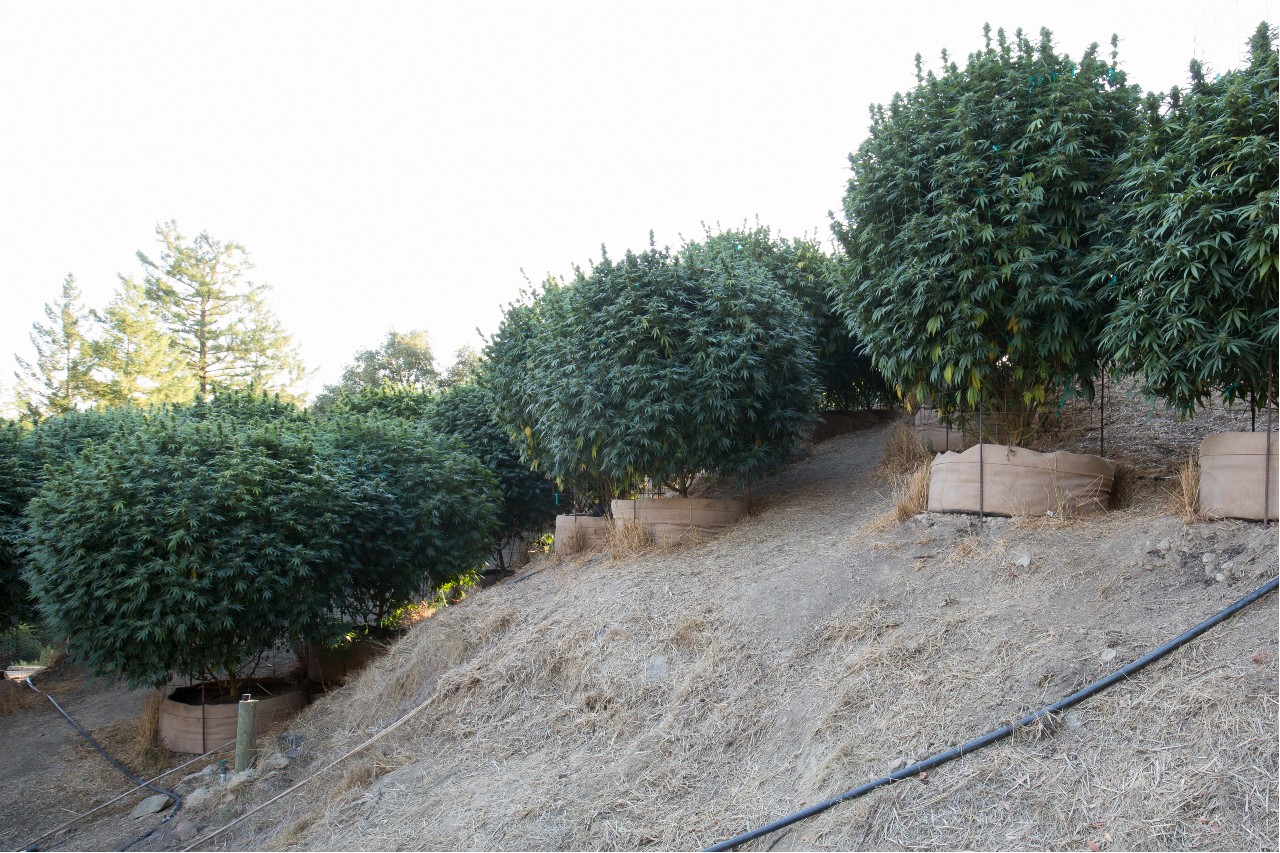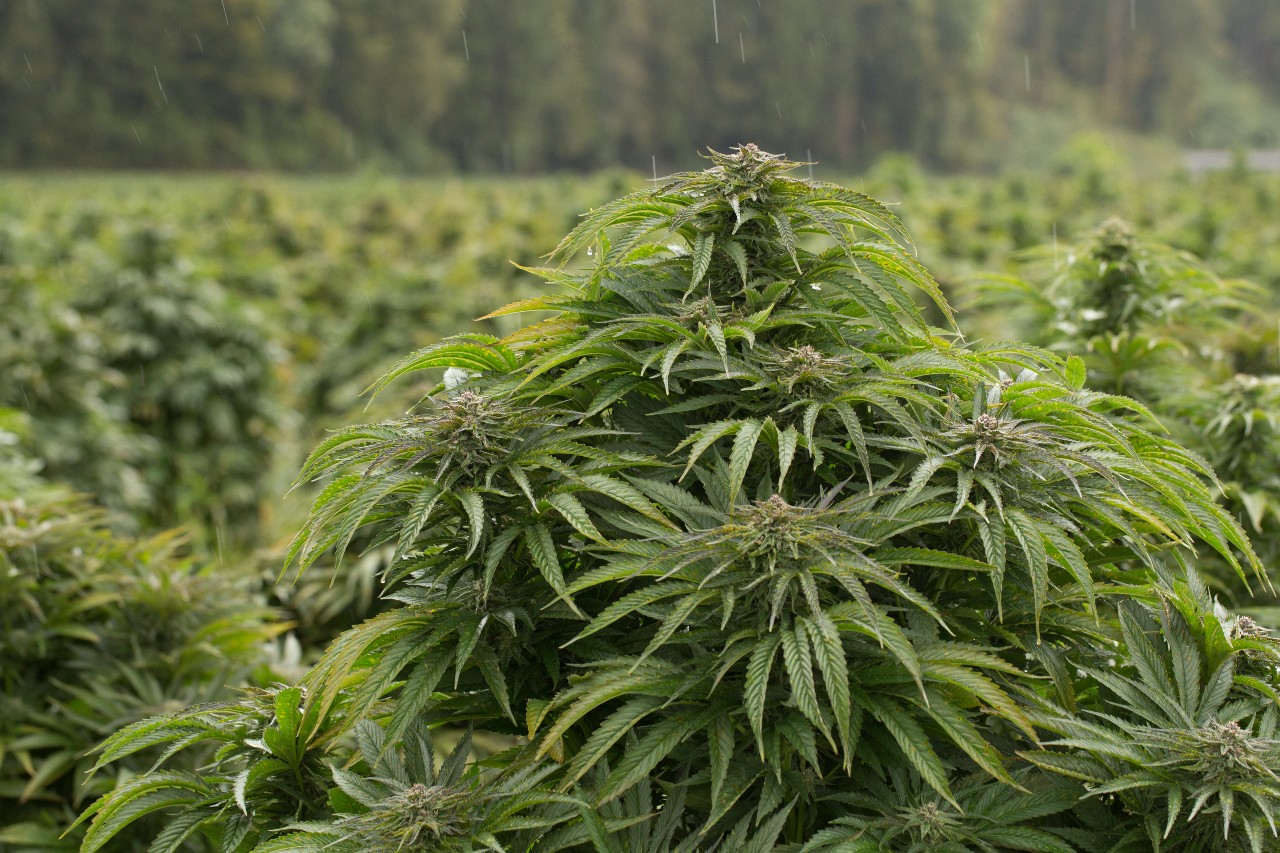- Growing cannabis in extreme environments (like at high altitude or in arid regions) can be a challenging experience.
- There is no doubt that this activity requires some knowledge and tenacity. However, it can also be an opportunity to delve into the fascinating art of self-cultivation.
- In this post, we invite you to explore the potential and different ways to adapt your cannabis grow to these challenging circumstances.

The first thing you need to know is that cannabis is a highly adaptable plant. From its original geographical area (which experts place in the Himalayas), it has spread throughout the world, acclimatising and changing its morphology and composition to survive in new environments.
If you live in an area with environmental conditions that can be extreme for marijuana plants, there's no need to worry because all is not lost. Here we explain how to overcome all those obstacles so you can reach harvest time successfully.
Growing cannabis in high mountain regions
High altitude can present several challenges, including extremely cold temperatures, high exposure to wind, and rapid temperature changes. Although this is not ideal for growing cannabis, these conditions can be overcome through careful management.
The first step to growing cannabis in mountainous areas is to choose strains that are native to areas that have the same conditions, or strains whose genetics contains a clear dominance of these landrace varieties (i.e. Afghan strains).
These cannabis genetics are hardier, with shorter internodes and stronger branches. In sum, they showcase a morphological structure that's designed to withstand high winds and adverse conditions.
It is also important that your cannabis plants aren't exposed to temperatures that are too low, as this could have a negative impact on their development and affect their yielding capacity. To counteract the drop in night temperatures, you can use temporary greenhouses and, if necessary, even propane heaters.
If you decide to grow in the mountains at high altitude, you may find it difficult to get water or to transport it to your grow. To solve this problem, you can nourish your crop with water that flows downhill from melting glaciers, collecting nutrients and minerals along its way, to provide a great nutritional source for your plants.

To collect water for high-altitude grows in the mountains, whether from glaciers, snow, or rain, you must always use water collection and storage systems. These can be catchment surfaces such as roofs or tarps which direct water to storage tanks.
With these systems, not only will you save money, but you'll also be using a sustainable irrigation method.
What are the advantages of growing cannabis in high mountain areas?
Some studies have proven that growing cannabis in high mountain regions promotes a greater production of terpenes, cannabinoids, and flavonoids. This means that the buds from plants grown at high altitude could be of higher quality and showcase a more potent aroma and effect.
In addition, growing marijuana above 1000 meters can result in higher-quality crops due to the clean and pollution-free air. And not only does this affect plants but it can also mean a healthier lifestyle for the grower: getting away from the city noise and doing activities surrounded by nature has benefits for both our physical and mental health.
Growing cannabis in arid regions
Regions with arid climates are characterised by low humidity levels and considerable temperature fluctuations between the evening and night, which is precisely due to the lack of humidity in these desert-like areas.
In this case, the key to growing cannabis successfully lies in effective heat management, as well as in paying special attention to the hydration of the plants.
In the hours when the sun is more powerful and temperatures exceed 30 degrees, it is advisable to provide your grow with partial shade and ensure that the plants have been previously well hydrated, so they don't suffer from water stress.
Reducing water evaporation from the substrate is also crucial. To prevent this, you can use the mulching technique. This consists in covering the soil with materials such as straw or bark, which help to retain moisture and isolate the roots from excessive heat.
Another extremely useful tool to keep your plants hydrated in arid climates is the use of super-absorbent polymers or hydrogels. These can retain large amounts of water and nutrients, releasing them slowly into the substrate. This technology helps maintain soil moisture and is especially useful for growing in hot and dry climates.
In arid regions, warm and dry winds are common, especially because there isn't as much vegetation as in other climates. The onslaught of the hot wind can burn your cannabis plants; and when it's really strong, it can also break some branches.
Building a windbreak around your grow, or at least near the most vulnerable parts, can be a good solution. Selecting drought-resistant strains that easily adapt to arid climates is vital to overcome the difficulties that arise in these regions.
Growing cannabis in polar climates
Although it may seem far-fetched to some, growing outdoors in countries like Russia is possible, but only if it is done in the summer. The biggest challenges in these regions are their long periods of darkness, low temperatures, and short summers.
One of the keys to ensuring that the cannabis flowers ripen without the cold getting in the way is choosing fast genetics. Autoflowering strains are an excellent option for this. They were actually created using ruderalis plants, which are a cannabis subspecies that adapted to the Siberian climate and developed the ability to not be dependent on the photoperiod to flower.

If you prefer growing photo-dependent feminised seeds, you can use the light deprivation technique, which consists of reducing the hours of light by using a canvas cover on a structure made out of greenhouse poles.
This way, you can initiate the flowering earlier by subjecting the plants to a 12/12 photoperiod, even if it's before the normal flowering time. This method is used by some American growers who are looking to anticipate their harvests at the end of the outdoor season before the market and dispensaries are flooded with flowers. This way, they can have their products ready by late August, at a time when supply is scarcer.
Growing cannabis in extreme conditions may require greater effort on your part to bring your plants to fruition. However, with the right strains and appropriate knowledge, it can become a really gratifying activity. There's no better feeling than the reward of reaching the finish line after having overcome several obstacles along the way.


Comments from our readers
There are no comments yet. Would you like to be the first?
Leave a comment!Did you like this post?
Your opinion about our seeds is very important to us and can help other users a lot (your email address won't be made public).